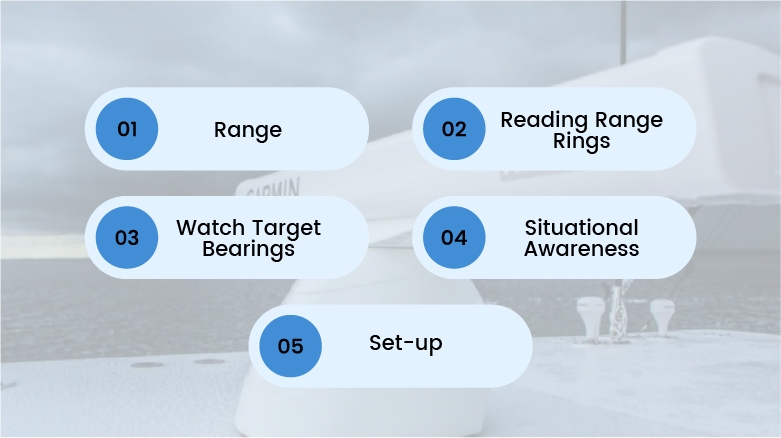Boat radar usage Using radar on a boat can significantly enhance your navigation and safety, especially in poor visibility conditions such as fog, rain, or nighttime sailing. Here’s a comprehensive guide to help you use radar effectively and confidently.
1. Understand Radar Basics
What is Radar?
Radar (Radio Detection and Ranging) uses radio waves to detect and locate objects, such as other vessels, landmasses, and navigational aids. The radar system sends out a signal that bounces off objects and returns to the radar unit, providing information about their distance and direction.
Types of Radar
- Short-Range Radar: Ideal for close-quarter navigation, typically used in harbors and congested areas.
- Long-Range Radar: Useful for offshore navigation, detecting vessels and land up to several nautical miles away.
2. Familiarize Yourself with the Controls
Key Components
- Display Screen: Shows radar images, targets, and other information.
- Gain Control: Adjusts the sensitivity of the radar to filter out background noise.
- Range Control: Changes the distance scale of the radar display.
- Heading Marker: Indicates your boat’s current heading.
- Tracking Features: Allows you to monitor moving targets.
Practice with Controls
Before heading out, spend some time experimenting with the radar controls while at the dock. Familiarize yourself with how to adjust gain, range, and other settings.
3. Setting Up Your Radar
1. Warm-Up
Allow the radar to warm up for a few minutes before use to ensure optimal performance.
2. Adjust Gain
- Start with a moderate gain setting.
- Increase or decrease the gain to eliminate background clutter while still detecting targets.
3. Set Range
- Choose a range that suits your navigation needs. For close navigation, use shorter ranges; for open water, select longer ranges.
4. Interpreting Radar Displays
Understanding Targets
- Static Targets: Landmasses, buoys, and other fixed objects will appear as stationary marks.
- Moving Targets: Other vessels will show as moving dots. Pay attention to their speed and direction.
Identifying Clutter
Learn to distinguish between actual targets and clutter caused by waves, weather, or other environmental factors.
5. Tracking and Monitoring
Target Tracking
Use the tracking features to monitor the movement of other vessels. This is crucial for collision avoidance and navigation in busy waterways.
Set Alarms
Many radar systems allow you to set alarms for specific targets, alerting you when they enter a defined zone or come too close.
6. Use Radar for Navigation
Collision Avoidance
- Use radar to identify potential collision threats and adjust your course accordingly.
- Maintain a safe distance from other vessels, especially in low visibility.
Land Navigation
Radar can help confirm your position relative to landmasses, navigation aids, and other points of interest.
7. Combine Radar with Other Instruments
Use GPS and Chartplotters
Integrate radar data with GPS and chartplotter systems for enhanced situational awareness. This combination provides a comprehensive view of your surroundings.
Cross-Reference Information
Always cross-reference radar information with visual observations, charts, and other navigation tools to ensure accuracy.
8. Practice Regularly
Simulation Training
If available, use radar simulation software to practice interpreting radar displays and responding to various scenarios.
Real-World Practice
Take the time to practice using the radar in different conditions, including busy waterways, poor visibility, and nighttime navigation.
Conclusion
Using radar effectively requires understanding the system, practicing with the controls, and continuously improving your skills. By mastering radar use, you can enhance your safety and confidence on the water. Regular practice and staying informed about radar technology will ensure you navigate like a pro. Boat radar usage
At Boat Parts Warehouse, we offer a variety of radar systems and accessories to help you equip your boat for safe and effective navigation. Happy boating!

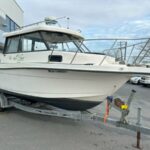 Used Boats
Used Boats Used Outboards
Used Outboards Outboard Parts
Outboard Parts Engines & Outboards
Engines & Outboards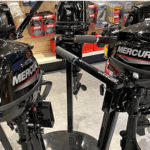 New Outboard Motors
New Outboard Motors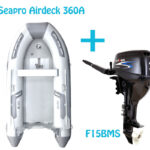 Seapro & Parsun Bundle
Seapro & Parsun Bundle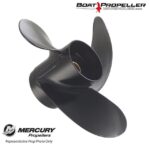 Mercury Marine Propellers
Mercury Marine Propellers Michigan Propellers
Michigan Propellers OMC Outboards Propellers
OMC Outboards Propellers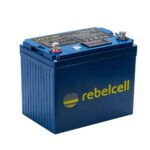 Batteries
Batteries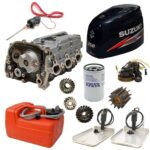 Boats & Motor Parts
Boats & Motor Parts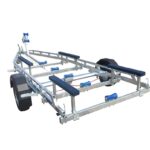 Bunk Range
Bunk Range Special Offer
Special Offer